by Debbie Burke
Today, let’s welcome another Brave Author who submitted a first page entitled This Uneasy Place. The genre is described as speculative with horror elements. Please read then we’ll discuss on the flip side.
~~~
Lennie was about to give up sifting through the book from the Dwyton estate when she found it. A stray envelope. Fountain pen writing and a green halfpenny stamp, dated close to a century ago. But empty, by the looks of it.
She picked up the envelope to set aside for the customer who’d been searching for that very stamp for years – he’d be tweedy, about seventy, with smeary glasses and a smile of yellowed teeth, and he’d have fluttered into her bookshop on a whim, shaking his mammoth umbrella and hee-hawing gamely about British summers – and a letter lay folded beneath it.
A squeak escaped her. Tweedy old guy vanished. Crowds materialised instead, salivating over the letter and its illuminating contents, or important writer, or… Lennie picked through two pages covered with spikes and curls of Edwardian handwriting.
…I cannot impart to you by words alone how unshakeably (and rather unnervingly) Loweheaf village believes in old superstitions…
She called past antiquated spines of calfskin, sheepskin, goatskin, aged hardback, paperback, musty velvet, on rows of bookshelves bathed in low-watt fluorescence, to where Ollie, her boyfriend, stood, his cigarette hand suspended out of the bookshop’s open door. Traffic hissed through pools of rain from the latest deluge of June’s utter drenchfest. The smell of wet London pavements intruded on the chocolatey fragrance of her mother’s shop. Her shop, now, yes. But her mother the silent partner in her head. ‘Hey, look at this letter.’
‘Letter? Savill’s making you a reasonable offer, again? Foxton’s? Or is it John D. Wood you’re turning down this time?’
Hilarious. No estate agent was going to get its claws her mother’s shop. She still had time, still had enough money to keep it going. Before that ran out, there’d be a turning point.
…old superstitions…legendary creatures included…Surely not in 1909? Not when the industrial age had seen off phantoms of old beliefs, shone electricity into dark corners, sent behemoths roaring and seething on rail tracks to upstage childhood monsters.
~~~
I found this piece intriguing yet frustrating. The mystery of a century-old letter caught my attention. So did the humorous, somewhat caustic voice. But I got lost in long, convoluted, parenthetical sentences and wandering descriptions that held promise but led to dead ends.
There were wonderful turns of phrase and descriptions like:
“he’d be tweedy, about seventy, with smeary glasses and a smile of yellowed teeth, and he’d have fluttered into her bookshop on a whim, shaking his mammoth umbrella and hee-hawing gamely about British summer.”
This character leapt to vivid life in my imagination, yet it turned out he wasn’t even the point of the sentence. Maybe he’ll reappear later in the story. I hope so. But for now, he was a disappointing dead end.
I had to chop through bramble-bush narrative to find the actual point: Lennie found an old envelope with a rare, interesting stamp and a letter, tucked inside a book from an estate collection.
“A squeak escaped her. Tweedy old guy vanished. Crowds materialised instead, salivating over the letter and its illuminating contents, or important writer, or… “
Now I’m thoroughly lost.
Was the tweedy guy physically present? Did he vanish in a poof of smoke? Or was he only a memory?
Where did crowds come from? Are they pushing inside the bookshop? Why are they salivating? What illuminating contents? Which important writer?
The visual detail about the letter is lovely: “two pages covered with spikes and curls of Edwardian handwriting.”
But the mysterious warning about “old superstitions” gets buried under a rambling 37-word sentence about “calfskin, sheepskin, goatskin, aged hardback, paperback, musty velvet on rows of bookshelves bathed in low-watt fluorescence…”
As a description of the shop, it’s vivid, sensory, and beautiful. I’d like to get lost in this cool old bookstore.
But a reader shouldn’t get so lost that they’re unable to follow what’s happening.
After three readings, I finally got the gist of this page. It’s a rainy June in London. Lennie’s mother died and left Lennie a store full of antique books from estates. Her boyfriend Ollie smokes but is thoughtful about holding his cigarette out the door. His jibes about estate brokers indicate he thinks she’s being unrealistic about the business’ prospects, but she doesn’t want to sell the shop because it’s her mother’s legacy.
Apparently, Lennie has a fantasy that she’s going to discover valuable documents hidden among the musty old books. Then historians and collectors will offer her lots of money for the treasure, enabling her to continue to operate the store.
A 1909 letter about old superstitions in Loweheaf village may be the treasure she’s been hoping for.
At least I think that’s what’s going on.
The style has a distinct British voice that sets the appropriate tone and mood. However, style shouldn’t overwhelm the plot and make the reader work to decipher what’s relevant amid extraneous (although beautiful) description.
Brave Author, this page is frustrating because your writing has exquisite sensory detail and a lush style that should be preserved.
However, you need to shorten sentences so they’re comprehensible.
Journalists are warned: “Don’t bury your lede.” Unfortunately, you’ve done that.
I’m guessing you’re well into the story to the point where you’re so familiar with Lennie’s voice that she sounds completely natural to you. But a fresh reader needs to get accustomed to her voice before they can grow comfortable with it.
You may intend Lennie to be an unreliable narrator who drifts between fantasy and reality. If so, you still need to first ground the reader in reality. If Lennie engages in flights of fantasy, give the reader more clues.
Here’s a suggested rearrangement:
The spikes and curls of Edwardian handwriting in the letter made her squeak with excited curiosity. One particular sentence sounded compelling: …I cannot impart to you by words alone how unshakeably (and rather unnervingly) Loweheaf village believes in old superstitions…
Could this be the discovery she’d dreamed of? Tweedy old guy vanished from her imagination. In his place, crowds of eager historians and collectors materialized, salivating over the letter and bidding on the illuminating contents from an important writer, or…
Lennie called to her boyfriend Ollie, “Hey, look at this letter.”
Ollie stood at the front of the shop by the open door holding his cigarette outside.
Traffic hissed through pools of rain from the latest deluge of June’s utter drenchfest. The smell of wet London pavements intruded on the chocolatey fragrance of her mother’s shop. Her shop, now, yes. But her mother the silent partner in her head.
Ollie extinguished his cigarette and sauntered toward her, past rows of shelves lined with antiquated book spines of calfskin, sheepskin, goatskin, aged hardback, paperback, musty velvet. Low-watt fluorescence bathed the interior.
‘Letter?’ he asked. ‘Savill’s making you a reasonable offer, again? Foxton’s? Or is it John D. Wood you’re turning down this time?’
Hilarious. No estate agent was going to get its claws her mother’s shop. She still had time, still had enough money to keep it going. Before that ran out, there’d be a turning point. Her concentration returned to the letter.
…old superstitions…legendary creatures included…Surely not in 1909? Not when the industrial age had seen off phantoms of old beliefs. By then, electricity shone light into dark corners of ignorance. Fanciful childhood monsters had been upstaged by progress with iron behemoths roaring and seething on rail tracks.
Brave Author, as harsh as some of my comments sound, the fixes are easy.
Shorten sentences. Read the page out loud to someone else. One hint that a sentence is too long is if you run out breath reading it. Ask the listener if they can understand the meaning. Are they confused? If so, rewrite until it’s clear to them.
Most important, don’t bury the lede. Lennie’s excited about the possible answer to her dilemma. Fit the superb descriptions of the shop around that lede. Descriptions should enhance the story, not overshadow it.
You’re a skilful writer with a wonderful eye for specific details. You can make this story compelling without much rewriting.
Thanks for submitting This Uneasy Place and wishing you good luck with it.
~~~
TKZers: what are your impressions of Lennie’s shop and the mysterious letter? Any suggestions for the Brave Author?
~~~
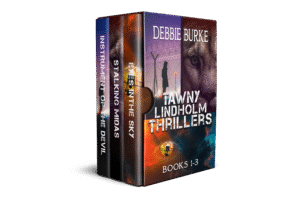
Binge on a new thriller box set. Three exciting novels only $7.99.
Tawny Lindholm Thrillers Volumes 1-3
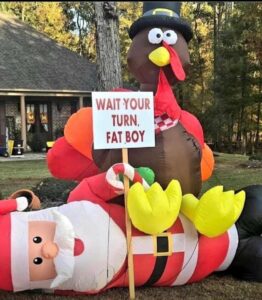



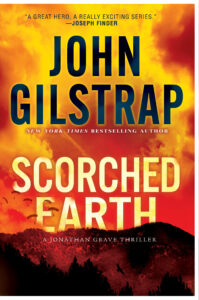 This coming February, when
This coming February, when 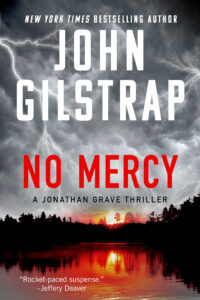 The format change has provided an excuse to re-release all of my Grave series in trade paper format. No Mercy and Hostage Zero will hit the stands at the same time as Scorched Earth. While all the concerns remain, it’ll be nice to see out-of-print titles returning to the shelves.
The format change has provided an excuse to re-release all of my Grave series in trade paper format. No Mercy and Hostage Zero will hit the stands at the same time as Scorched Earth. While all the concerns remain, it’ll be nice to see out-of-print titles returning to the shelves.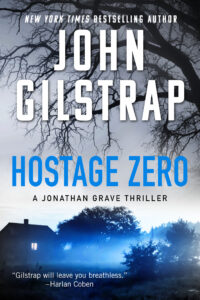 This brings us to the importance of pre-orders. I’m not a “please buy my book” kind of guy. I figure that if you have to beg, something’s wrong. In fact, I don’t even bring books with me to sell when I teach workshops. First and foremost, I’m not set up to be a retailer and have no desire to manage another layer of taxation. But also, I figure if I do my job right, people will be inspired to buy my books from a bookstore, or to borrow them from a library.
This brings us to the importance of pre-orders. I’m not a “please buy my book” kind of guy. I figure that if you have to beg, something’s wrong. In fact, I don’t even bring books with me to sell when I teach workshops. First and foremost, I’m not set up to be a retailer and have no desire to manage another layer of taxation. But also, I figure if I do my job right, people will be inspired to buy my books from a bookstore, or to borrow them from a library.

 What’s your favorite tip?
What’s your favorite tip?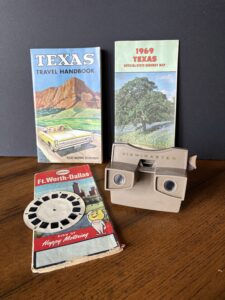


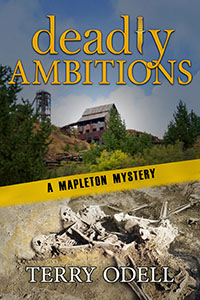



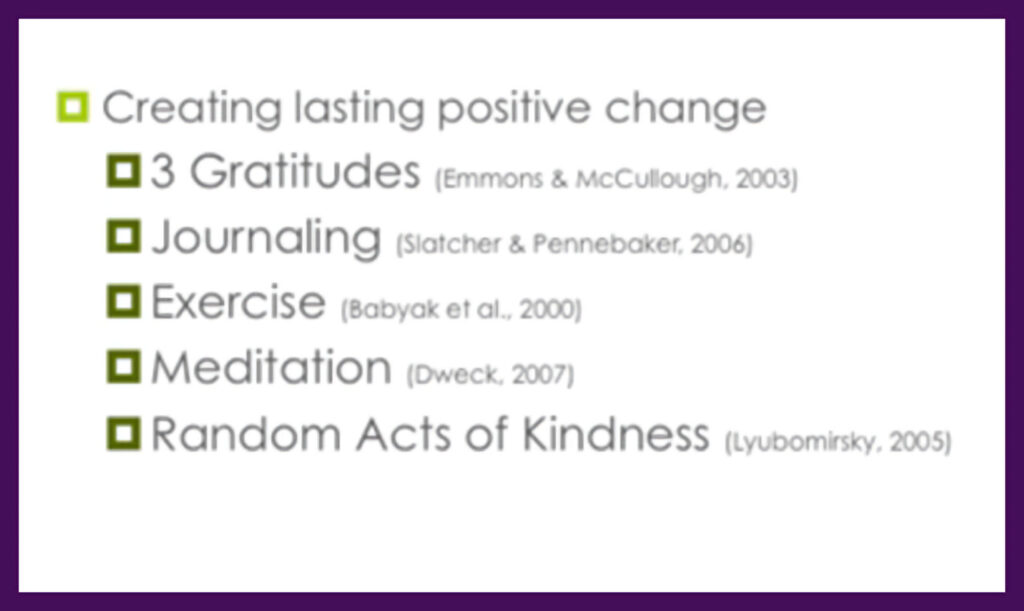
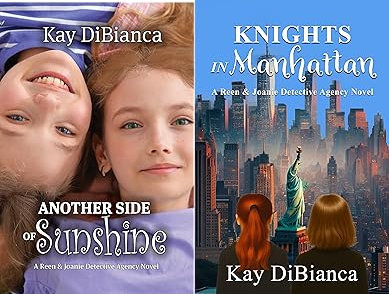
 By Elaine Viets
By Elaine Viets







